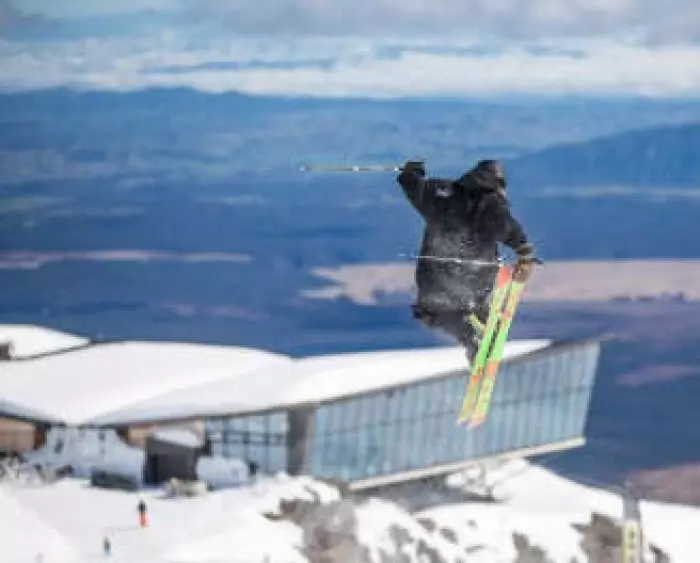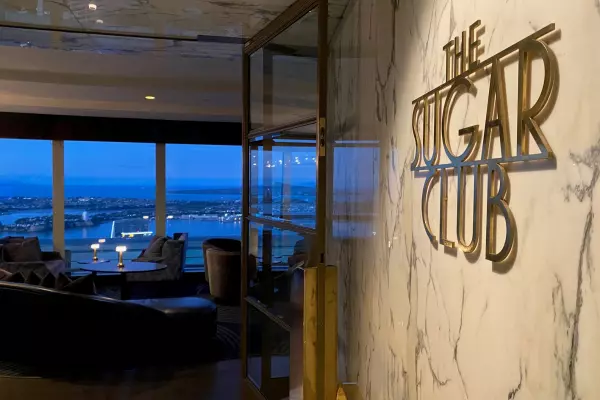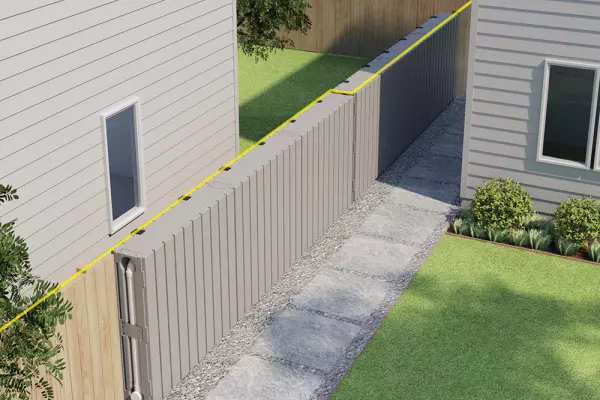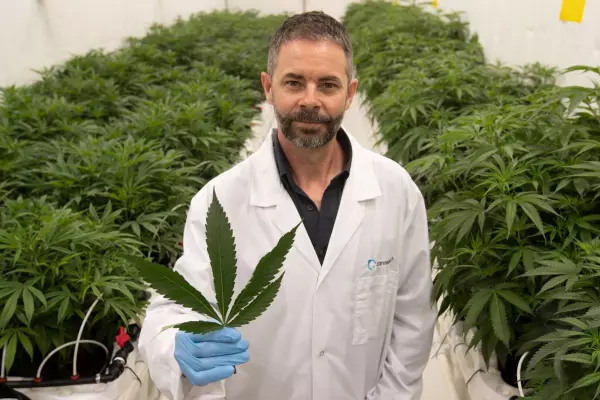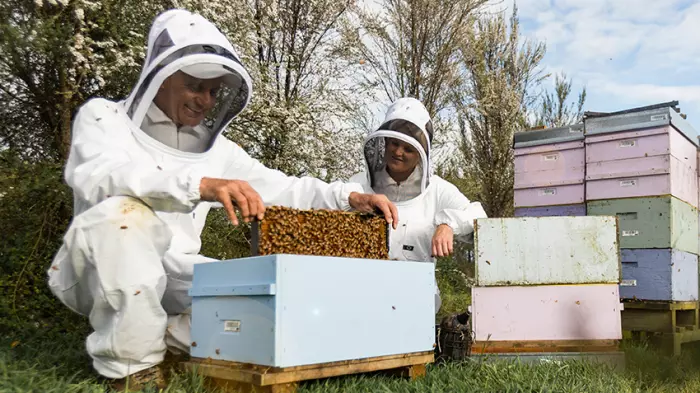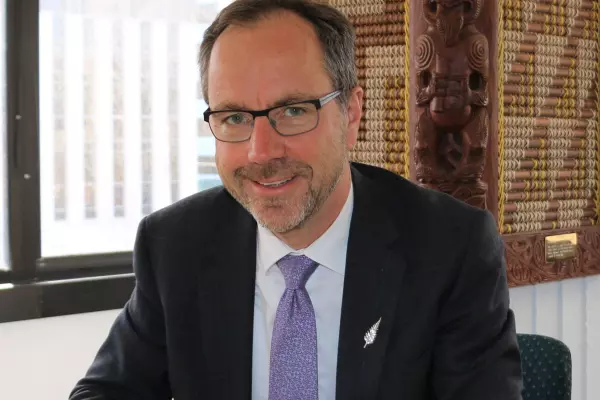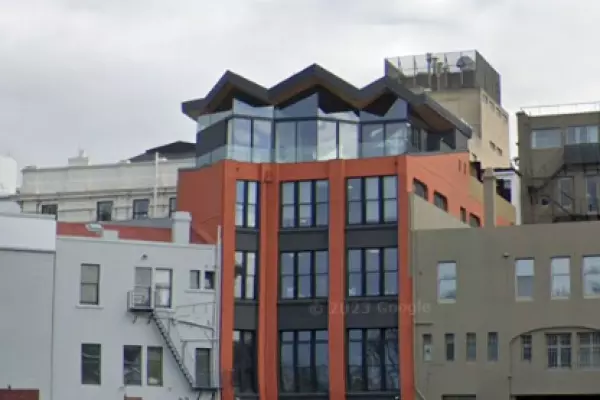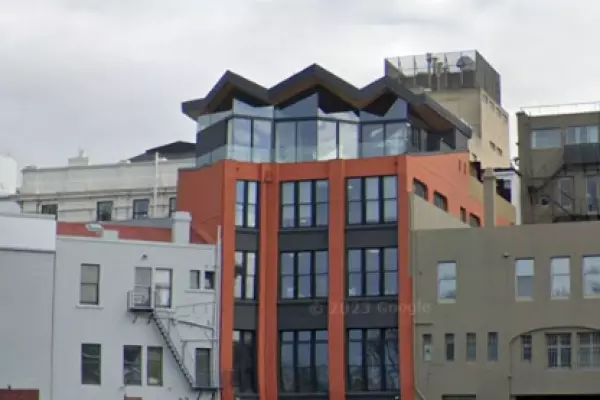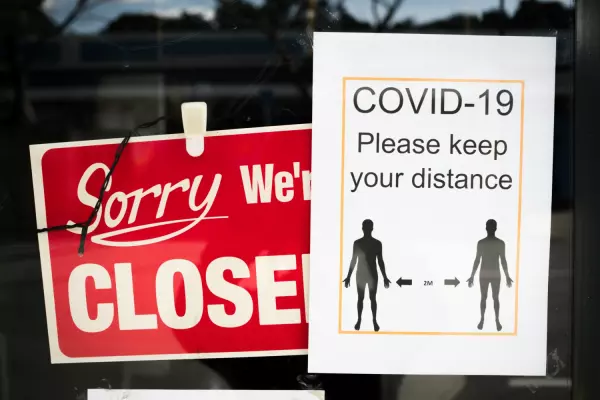This winter's ski season could prove to be a “fruit rotting in the orchard” moment for the hospitality sector.
This is because tourist and hotel operators are short of skilled and trained workers as they prepare for an influx of Australians with the coming trans-Tasman travel bubble
James Doolan, strategic director of the 140-member Hotel Council Aotearoa (HCA) equates it to the horticulture sector having to leave crops to rot as they could not find enough specialised workers for the peak harvest season.
He suggests it will be very tough for the tourism sector to just pick up where it left off more than a year ago.
“The accommodation sector simply doesn’t have enough time to find enough staff and build up bookings with a couple of weeks lead time.”
Doolan said this is despite the industry voicing its concerns with immigration and tourism officials since well before Christmas.
While the industry understood what the government "was trying to do" in reserving jobs for New Zealanders, he said the new work settings meant those on a regional oversupply list “can’t bring someone in from overseas to fill that role”.
“So if you are looking to hire someone below the median NZ wage, from $25.50 per hour, it’s also proving very difficult to bring people in on a visa.” The other issue, and one particularly relevant to the Queenstown-Lakes region, were a lack of hospitality students and no foreign students.
The almost total absence of working holiday visas was also a major issue for the accommodation sector, he said.
“Hotels need people who can be there at inhospitable hours, early in the morning and late at night and that rules out a lot of Kiwis with school age kids.”
Pressure point forming
In the context of the expected avalanche of visitors to the Queenstown and Wanaka ski areas over winter, Doolan said those failings would become a major pressure point.
Cardrona Alpine and Treble Cone general manager Bridget Legnavsky agreed, and said South Island ski slopes were expecting “more than 100% capacity”, based on the return of Australian travellers and resurgent local demand.
These people would need to be serviced with only about three-quarters of normal in-season staff levels, she said.
Legnavsky said the industry, under the auspices of the Ski Areas Association of NZ (SAANZ), had originally appealed to Immigration NZ to bring in an additional 100 specialist workers.
“We’ve managed to secure and fill some of those roles, but we’re probably short about 50 still. These are key, critical people like facility builders, groomers and pipe shapers and top coaches, it’s pretty urgent now that we get these people into the country now.”
But it was frustrating SAANZ had to “keep answering the same questions” from immigration officials, despite being quite clear as to the requirements.
Like other parts of the tourism industry, Legnavsky said she was expecting a bumpy ride.
“It’s pretty much the opposite of last year, where we had assumed 50% of our business would appear.
"Now we are going all in as an industry, on the assumption we’ll get 100% of our business. It will be tough though if we drop back to alert level 2.”
Data from commercial property firm Colliers International indicates Queenstown hotels remained at the bottom of the occupancy scale last month, at about 33%. This compares with average hotel occupancy of 50% in Auckland, the highest level in the country.
The average daily rate had followed suit, Colliers said, with the Auckland average rate down 8% over the past 12 months to $178, but Queenstown declining 27.9% to $179.
HCA's Doolan said because most hotels were now sitting with accumulated losses, they were “effectively spending what had been put in reserve for renovations”.
This means any recovery was still years away and services would also be impacted.
“Hospitality might be a slower burn in terms of seeing the consequences. Bad service really only comes to haunt you later, but it does catch up to you.”


